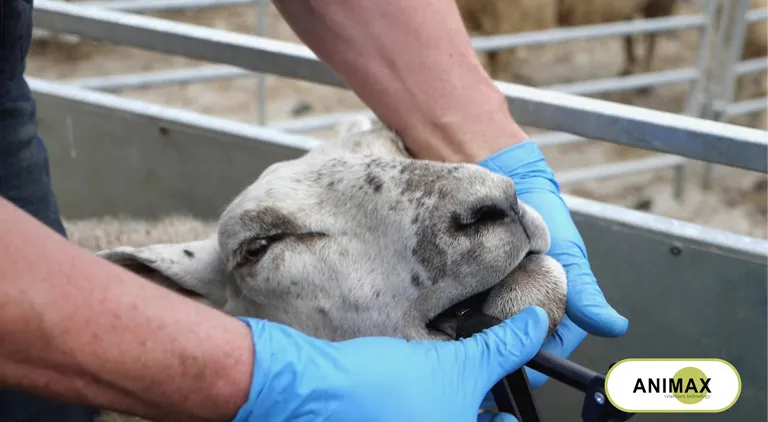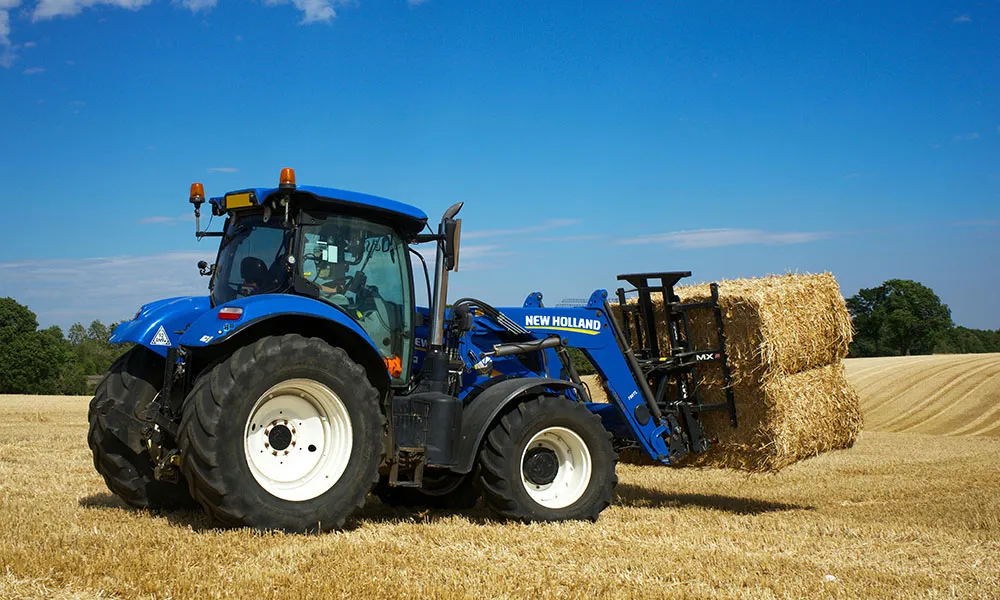
Approaching Trace Element deficiency in sheep
Animax’s Allsure sheep boluses are becoming the go to bolus for sheep farmers around the country.-the reason: trace element deficiency in sheep is increasingly becoming a problem. The signs associated with trace element deficiency can often subtle in onset and often present as poorly growing lambs during late summer or early autumn. There is also considerable interplay between factors such as seasonal changes in grass growth, diet and management for complexes such as Parasitic Gastro Enteritis (PGE) and trace element deficiency. As such it is important to consider and deal with all the issues including any parasitic problems. The trace elements that regularly present as a problem in sheep are: cobalt, and selenium and in some cases copper and iodine. . Allsure sheep boluses offer the animal most of these in a simple to , slow release bolus, which lasts for 180 days. Vitamin E has a role to play with selenium and if there is a need to supplement it may be easiest to give in a drench.
Deficiencies Allsure Sheep Boluses Can help avoid!
Cobalt deficiency (pine)
Cobalt has an important biological role as a constituent of vitamin B12 which is created by micro-organisms in the first stomach (rumen). This vitamin is used in several critical enzymes with major roles in ovine metabolism. Deficiency occurs usually where there is low cobalt concentrations in the soil. This may be further complicated by PGE, which causes diarrhoea, thereby interfering with the absorption of vitamin B12. In addition changes in diet especially to high energy types may result in a greater need for these enzymes.
Clinical presentation
Clinical signs of cobalt deficiency are usually observed in weaned lambs at pasture during summer and autumn. Signs include lethargy, reduced appetite, poor quality wool with an open fleece, small size and poor body condition despite adequate nutrition. There may be tear staining of the cheeks, and pale mucous membranes (eyes) may develop after several months. Cobalt-deficient sheep may fail to respond well to vaccinations and be more susceptible to clostridial diseases (for example pulpy kidney) and pasteurellosis (pneumonia). In severe cases of cobalt deficiency (Ovine White Liver syndrome), lambs presentnervous signs including depression, head pressing, and aimless wandering. Cobalt deficiency is much less common in adults but can cause reduced fertility and poor mothering ability. Though these signs may be more related to generalised low body condition scores.
Copper deficiency
Copper deficiency is common when sheep graze pastures low in copper but more often in pastures high in iron, molybdenum and sulphur. Where two or more of these elements exist together on a farm, in quite 'normal' concentrations, they will act to bind out copper from a diet. Swayback is the most common in the UK and Ireland but often poor fertility and growth can be attributed to copper deficiency. There are a wide range of clinical signs due to the large number of enzmes where copper is involved.
Note:As well as being susceptible to copper deficiency, sheep are also prone to copper accumulation and toxicity. There is considerable breed variation with respect to copper absorption and therefore to copper deficiency and toxicity. Veterinary advice is essential before supplementing sheep with copper.
Clinical presentation
Copper deficiency in ewes during mid-pregnancy may lead to swayback in lambs. In growing lambs copper deficiency may result in a poor fleece without its natural "crimp" which has been described as "steely wool". Poor growth, , and increased susceptibility to bacterial infections has been reported but is much less common in the UK and Ireland.
Selenium and vitamin E deficiency
Deficiency of selenium and Vitamin E is often referred to as white muscle disease, nutritional muscular dystrophy, and stiff lamb disease. Selenium and vitamin E interact and higher levels of one can compensate for the other.
As risk factors, such as feeding home grown cereals and root crops, and incorrectly mineral levels in rations are well known, the disease prevalence is generally low.
However selenium deficiency occurs in soils of certain geographic areas and can lead to pasture/crop deficiency. In addition there is a stress component often such as cold weather or increased exercise on turn out.
Vitamin E concentrations are high in green crops but can fall rapidly under certain conditions. Certain root crops are known to be low in both selenium and vitamin E.
Feeding grain treated with propionic acid can increase the risk of white muscle disease.
Clinical presentation
In this part of the world, white muscle disease typically affects rapidly growing two to six week-old lambs. Most often ram lambs of meat breeds such as the Suffolk and Texel are susceptible. It shows itself in sudden onset stiffness with lambs reluctant to move such that they are easily caught.
After one or two days, affected lambs are unable to rise. Early embryonic loss/failure to implant after mating has been attributed to selenium deficiency. In ewes an increased lamb crop with fewer barren ewes has been reported after selenium supplementation before the mating period.
Diagnosis
The interaction between chronic parasitism and trace element deficiency can mean that diagnosis of the original cause can be difficult Diagnosis of cobalt or copper deficiency is based upon signs in areas with known deficient soils. Full diagnosis needs to be supported by specific diagnostic tests undertaken by the farmer's vet.
These will include include liver levels, plasma copper levels are not as reliable. A provisional diagnosis of white muscle disease in young lambs is often based upon signs showing in rapidly growing healthy lambs. The presence of some of the risk factors listed above will also need to be verified. Muscle enzyme concentrations will be checked by the vet or if an animal dies confirmed on post mortem analysis.
Treatment
Consult your vet with regards treatment for trace element deficiencies for the relevant options.
Prevention rather than treatment using mineral supplementation is always best.
Swayback is impossible to treat, and prevention is the only cure.
Checking rations and using forage analysis for all ages of sheep is a good way to determine potential trace element issues along with energy and protein levels.
Prevention with Allsure Sheep Boluses
The most effective and convenient way to prevent deficiency is to give all ruminants a slow-release leaching bolus. These boluses ensure that each animal gets the required levels to offset any deficiencies in a grazing system.
Animax’s Allsure sheep bolus range offer a simple solution to trace element deficiency.
These boluses use a uniquely designed slow release leaching technology that slowly release the essential trace elementsfor 180 days. The bolus enters the animal’s rumen-reticulum and lodges there; the trace elements leach out from the bolus at a known rate then the used boluses are shed naturally. This extended period greatly reduces the labour costs of other methods such as drenching. The reduced need for handling also reduces the amount of stress on animals that comes from excessive gathering and handling.
Boost Immune System
Ensuring trace element requirements are met will also help to reduce the chance of unknown issues arising by supportingthe animal’s immune system. As animals deficient in any of the trace elements are more susceptible to parasitic attack, it makes financial sense to treat animals twice a year with a bolus.
Animals with adequate amounts of trace elements available to them are better able to fight parasites, infection, including mastitis, and will be more equipped to deal with other stresses on the body.
The Allsure sheep range of rumen leaching boluses offer slow-release supplementation of the four essential trace elements – cobalt, copper oxide, iodine and selenium – at known and optimum levels for 180 days The Allsure sheep boluses are easily given to ruminant animals using a specially designed Animax applicator. At Agridirect we offer the Allsure Sheep and Lamb bolus and the Allsure Sheep Bolus with copper here.
Note: It is always advisable to seek advice from your vet before choosing a supplement. You should never treat sheep, particularly susceptible breeds like Texel’s with copper without first seeking advice from your vet, it may be necessary to check liver copper levels perhaps using liver samples from your animals at the abattoir!
If you have any questions with regards to the Allsure range or trace element deficiency feel free to call us directly at Agridirect.
RGA










